Table of Contents
Spices originated in specific regions across Asia, Africa, and the Americas, with each spice having a unique history of discovery and trade. For example, black pepper comes from India, cinnamon from Sri Lanka, and cumin from the Middle East. Understanding these origins reveals how spices shaped global cuisine, trade routes, and cultural traditions over thousands of years.
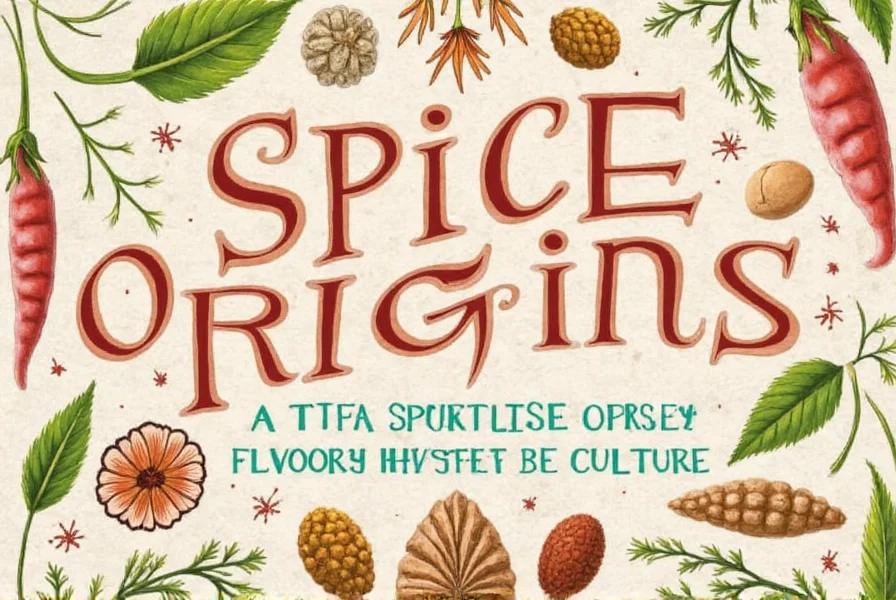
Spice Basics: What Are Spices?
Spices are aromatic plant-derived substances used to flavor, preserve, or enhance food. Unlike herbs (which come from leaves), spices typically originate from seeds, bark, roots, or flowers. Key examples include black pepper, cinnamon, cumin, turmeric, and cardamom, each with distinct geographical roots and cultural roles.
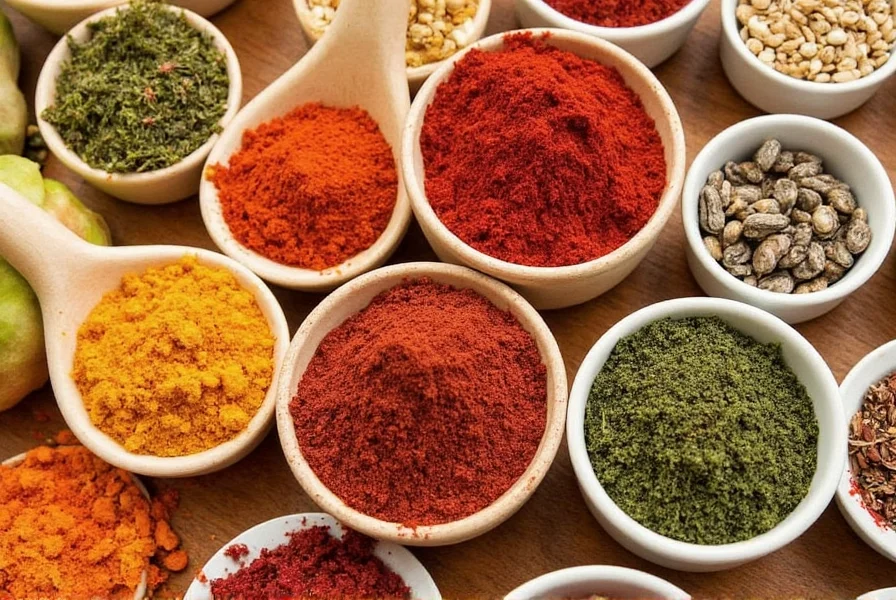
Historically, spices were used beyond cooking: ginger in traditional Chinese medicine, cloves in Middle Eastern religious ceremonies, and saffron in ancient Egyptian rituals. These applications highlight their deep integration into human history.
The Global Travel of Spices
Spices traveled through ancient trade networks like the Silk Road and Spice Route, connecting continents long before modern transportation. Black pepper, originating in India, became so valuable it was called "black gold" and used as currency. Cinnamon from Sri Lanka was traded to Egypt by 2000 BCE, while cloves from Indonesia reached Europe via Arab merchants. European explorers like Vasco da Gama sought direct spice routes, sparking the Age of Exploration and reshaping global geography.
Key Spices and Their Origins
| Spice | Origin | Flavor Profile | Cultural Significance |
|---|---|---|---|
| Black Pepper | India | Pungent, sharp, slightly sweet | Used globally; once called "black gold"; central to ancient trade |
| Cinnamon | Sri Lanka | Sweet, warm, woody | Preserved food in ancient times; symbol of luxury in medieval Europe |
| Cumin | Middle East and South Asia | Earthy, nutty, slightly bitter | Key in Indian curries and Mexican mole; used in mummification rituals |
| Turmeric | India | Earthy, slightly bitter, golden color | Central to Ayurvedic medicine; used in Hindu religious ceremonies |
| Cardamom | India and Sri Lanka | Warm, sweet, floral | "Queen of spices"; essential in Indian chai and Scandinavian baking |
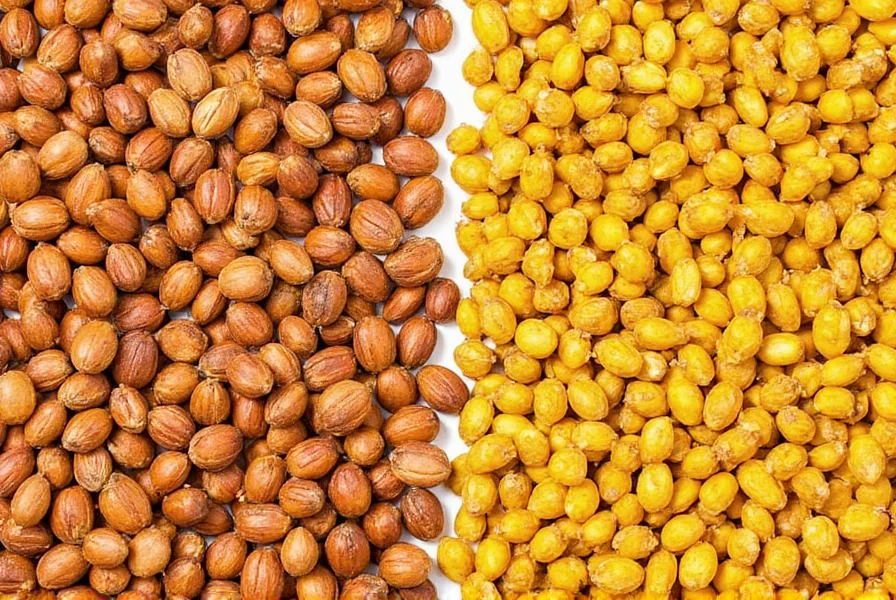
Each spice's journey reflects centuries of cultural exchange. For instance, black pepper's trade routes influenced colonial empires, while cinnamon's scarcity drove European exploration. Modern sourcing prioritizes ethical farming to preserve these traditions.
Buying Guide for Spices
To ensure authenticity and freshness, follow these evidence-based tips:
- Choose Whole Spices: Whole peppercorns or cinnamon sticks retain flavor 2-3x longer than ground versions. Grind fresh for maximum aroma.
- Check Freshness: Rub a small amount between fingers; vibrant color and strong scent indicate freshness. Musty or dull smells signal degradation.
- Source Responsibly: Opt for brands with direct farmer partnerships (e.g., Fair Trade certified) to support sustainable practices and traceable origins.
- Store Properly: Use airtight glass containers away from light and heat. Label with purchase dates; replace every 6-12 months for peak potency.

Recommended products for home cooks:
- Whole Black Pepper by SpiceWorld: Ethically sourced from Indian farms; ideal for grinding fresh to enhance steak or soups.
- Ceylon Cinnamon Sticks by Gourmet Spice Co.: Sourced from Sri Lankan plantations; milder and sweeter than Cassia, perfect for baking or tea.
- Ground Cumin by Earth & Stone: Single-origin from Middle Eastern farms; adds depth to chili, curries, or roasted vegetables.
- Organic Turmeric Powder by Sunfood: Sustainably harvested in India; high curcumin content for cooking or wellness routines.
- Green Cardamom Pods by SpiceBazaar: Handpicked from Sri Lankan gardens; ideal for chai or Middle Eastern desserts.
Practical Tips for Using Spices
Maximize flavor with these science-backed techniques:
- Toast Whole Spices: Dry-toast cumin or coriander seeds for 1-2 minutes to release oils and intensify aroma.
- Balance Intensity: Start with 1/4 teaspoon per serving; adjust gradually. Overpowering spices can mask dish nuances.
- Pair Strategically: Combine complementary spices: cinnamon + nutmeg for desserts; cumin + coriander for curries; turmeric + black pepper to boost absorption.
- Create Custom Blends: Make garam masala (cinnamon, cardamom, cloves) or za'atar (thyme, sesame, sumac) for unique regional flavors.
- Experiment with Forms: Use whole spices for slow-cooked dishes, ground for quick recipes, or infused oils for dressings.
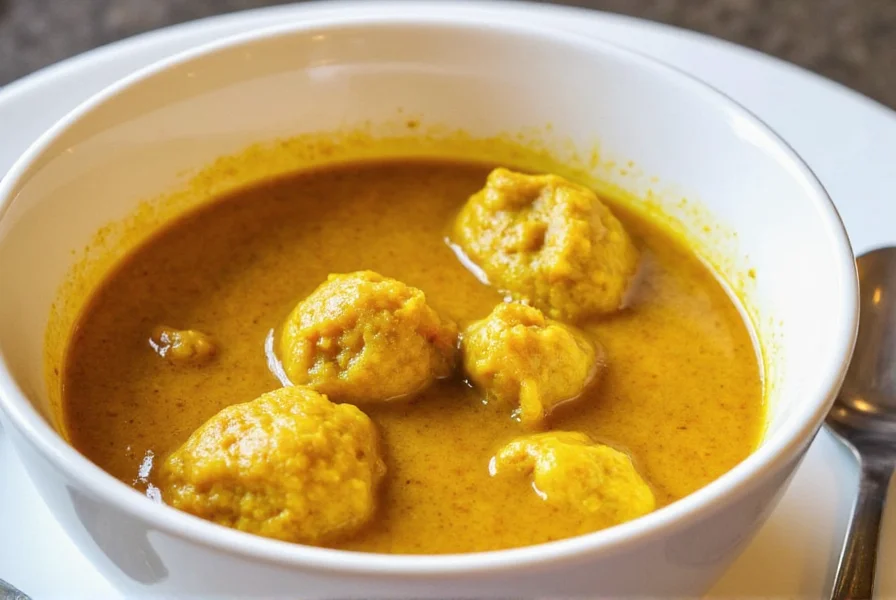
Conclusion
Spice origins are a testament to human ingenuity and cultural exchange. From Indian black pepper fueling ancient trade empires to Sri Lankan cinnamon driving global exploration, each spice carries a story that continues to shape our culinary world. By understanding their roots, you not only elevate your cooking but also honor the traditions and communities behind these flavor essentials.

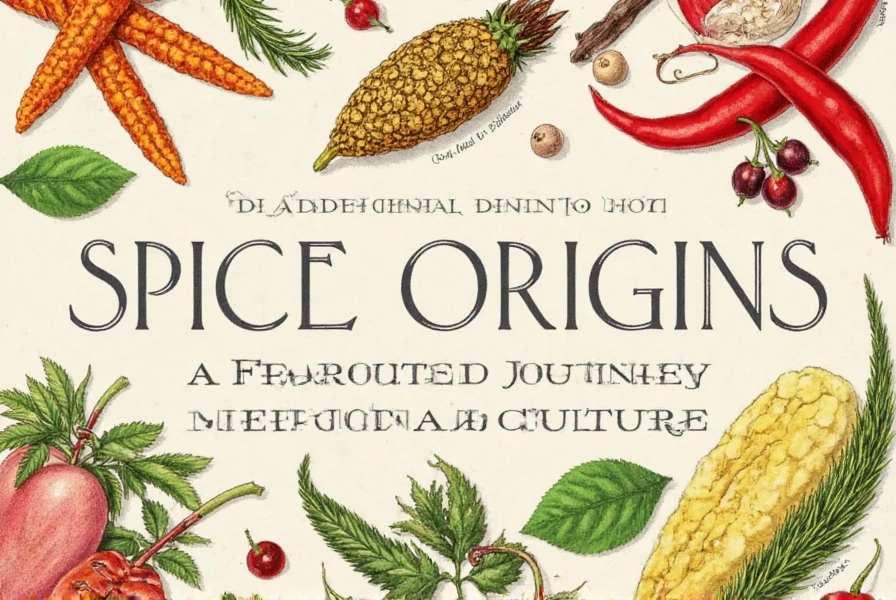









 浙公网安备
33010002000092号
浙公网安备
33010002000092号 浙B2-20120091-4
浙B2-20120091-4